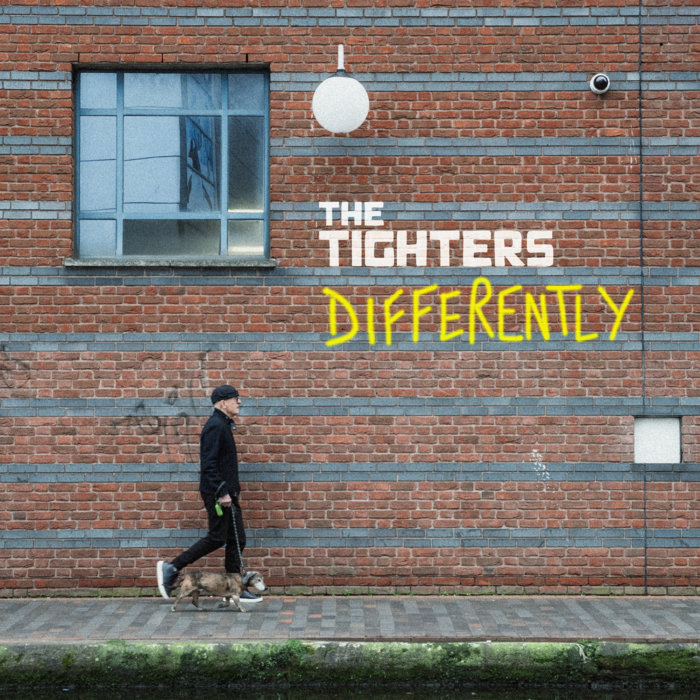
One dub – Roberto Sánchez, The Tighters
this blog is GROOVY – check out great Soul, Funk, Jazz, Hip Hop, Bass, Breaks , Reggae, House n many more TUNES
Valence, a term often tossed around in discussions of music, isn’t a genre itself, but rather a vibe. It’s that feeling, that emotional weight, that certain sounds evoke. Valence, in its simplest form, speaks of positivity or negativity in music. Think of it as the emotional spectrum of a song.
The Roots of Valence:
The concept of valence in music isn’t new. Composers throughout history have intuitively used musical elements to evoke specific emotions.
Classical music: Think of the triumphant feeling of Beethoven’s Fifth Symphony or the melancholy of Bach’s Chaconne. These emotions, carefully crafted through melody, harmony, and rhythm, are the essence of valence.
Jazz: From the playful swing of the 1920s to the soulful blues of the 1950s, jazz musicians have experimented with valence to convey joy, sorrow, and everything in between.
The Modern Take:
In the modern era, valence has become increasingly relevant with the rise of electronic music. DJs and producers manipulate sound to evoke specific moods, often utilizing elements like:
Funny Facts:
The “sad trombone” sound effect used in cartoons to signify failure or misfortune is actually a great example of valence! The melancholic sound instantly triggers negative emotions in the audience.
“Happy Hardcore” is a genre of electronic dance music known for its insanely fast tempos and energetic vibes. Fun fact: it was invented by a group of Brits who were high on ecstasy at a rave! The result? A genre that’s guaranteed to get you moving, no matter how low your mood is.
“The KLF”, a British electronic music duo, were known for their outlandish antics, including setting fire to a million dollars on camera! While not a direct example of valence, it demonstrates the unconventional nature of music and the powerful emotions it can evoke.
Beyond the Basics:
While valence can be described in simple terms like “happy” or “sad”, it’s a much more nuanced concept. Musicians often combine elements to create complex and multifaceted emotional experiences.
Next time you listen to a song, take a moment to consider its valence. What emotions does it evoke? What musical elements contribute to that feeling? You might be surprised by the depth and complexity of this simple yet powerful concept!

One dub – Roberto Sánchez, The Tighters